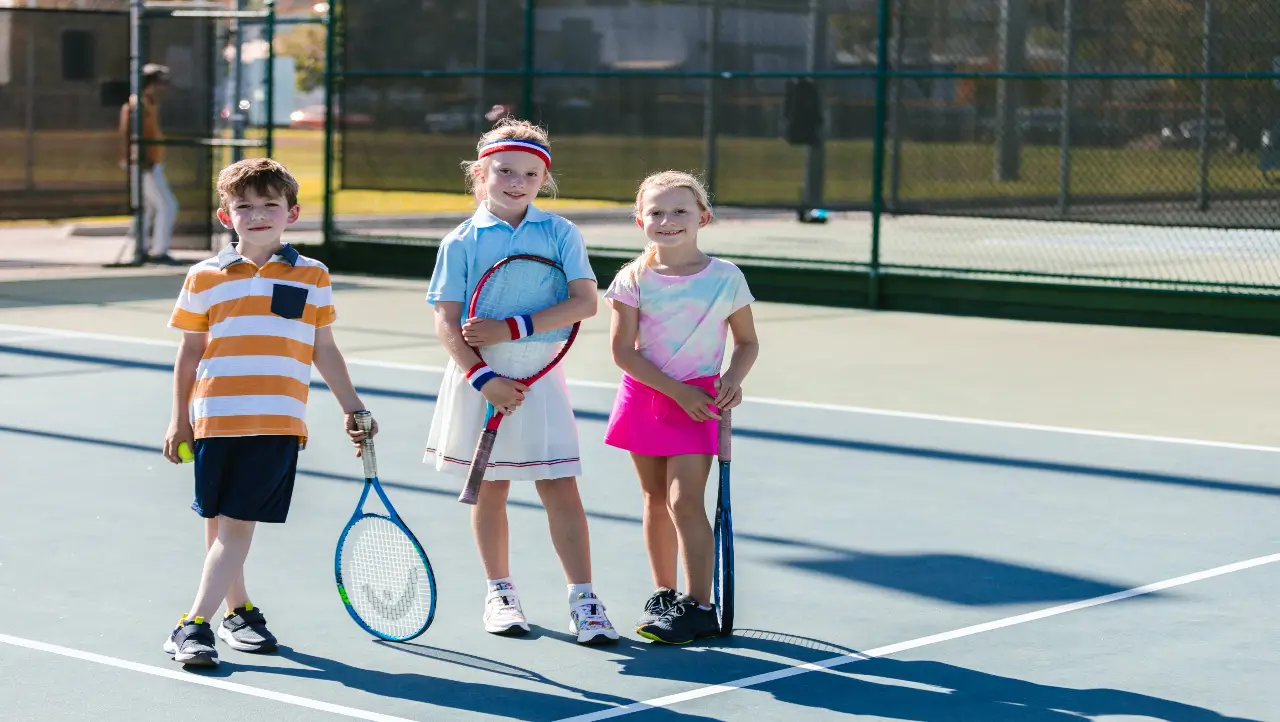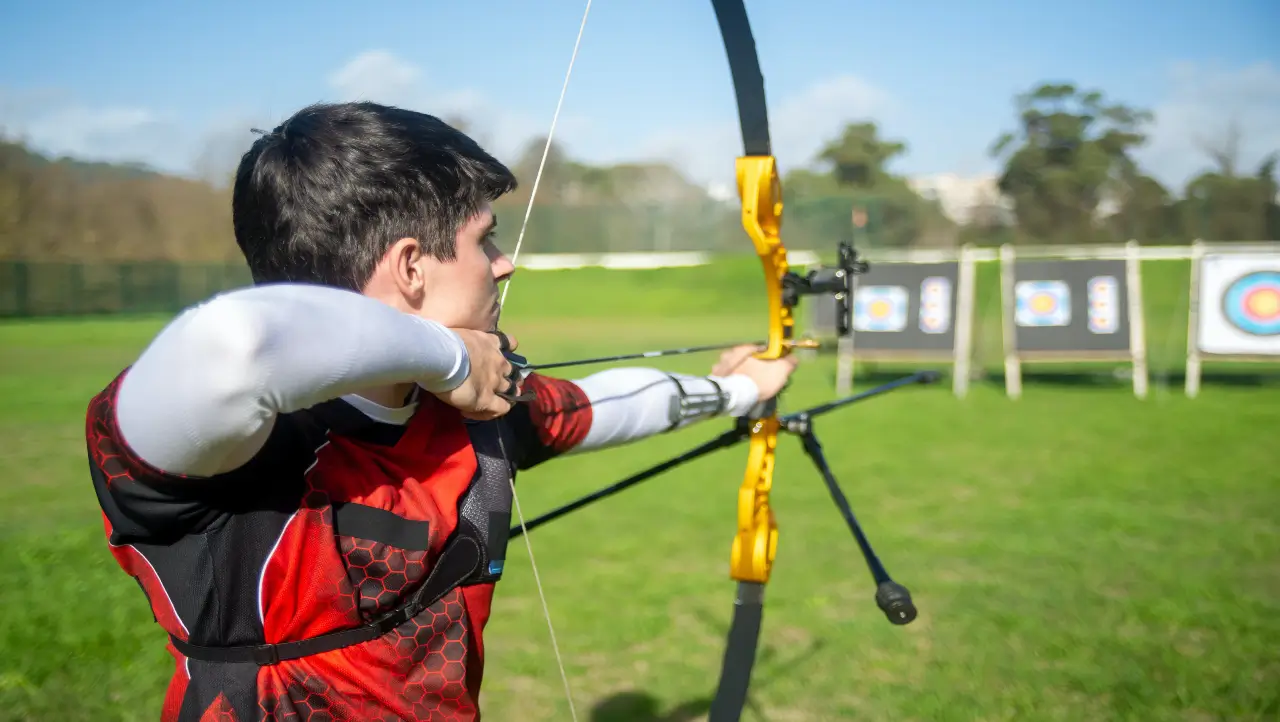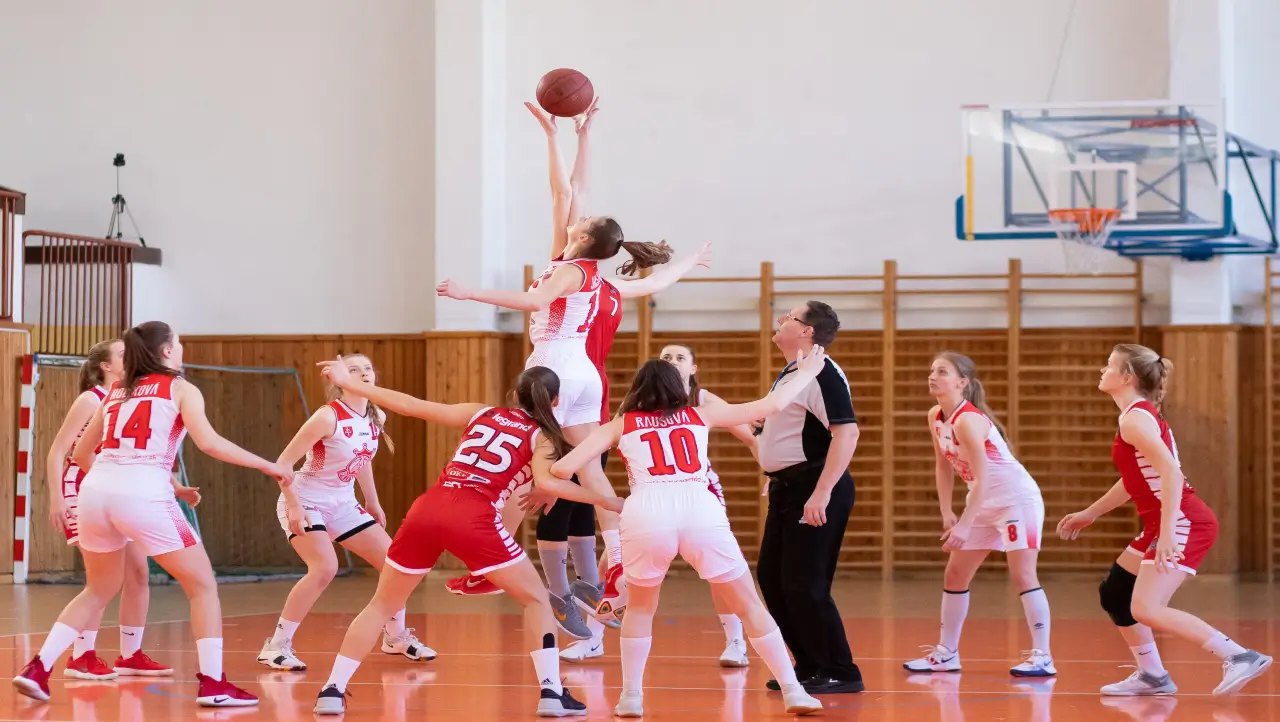Focus on ‘Transferable Skills’ and not Sports! | P.E Teaching Tips
Jan 31, 2024


Kas
‘Teaching Games for Understanding’ (TGFU) is an evidence-based model of P.E teaching which flips the script on traditional old-school P.E teaching methods. Gone are the days when students spent many weeks trying to master one specific sport and dedicated the majority of the lesson staying stationary drilling technique!
Whilst there is a definite place for sport-specific P.E lessons and skill & drill components, the TGFU model has been shown to benefit students’ decision-making, tactical awareness and technical understanding in an applicable and relevant way during P.E lessons.
Evidence suggests some P.E. teachers struggle to teach their students about, understanding how and when to implement the taught skill within a real-life game. TGFU helps to address this issues. Making learning authentic.
This model of teaching is seminal to my practice and for a multitude of reasons. I will write future articles covering in-depth the numerous benefits of the ‘TGFU’ model and how I implement it in teaching for all year levels, Foundation to year 10.
Lets discuss why you need to be using the TGFU model and why teaching transferable skills is vital!
Game Categories
In order o teach transferable skills, the TGFU model first categorises games that encompass similar skills and tactical components into groups. A basic understanding and competence in these skills and tactics should make all students find success in every sport within that category - or at least have a solid understanding of how to find success in that sport.
“Games in each category have similar concepts and share similar tactical problems to be solved allowing transfer of tactical understanding across games.” (Webb, 2006)
The categories are broken down into the following:
- Invasion Games: Team games where the purpose is to invade the opponent’s territory with the aim being to score more points within the time limit than the opposing team, while endeavouring to keep their score to a minimum. (Rugby, Netball, Basketball, AFL Football, American Football, Hockey)
- Net Court and Wall Games: These are games that involve a net or a court. The aim of net/wall games is for a player or team to send an object into an opponent’s court so that it cannot be played at or returned within the court boundaries. (Volleyball, Tennis, Table tennis, Badminton)
- Striking and Fielding Games: In striking/fielding games a contest develops between the fielding team and the batting team with the aim being to score more runs than the other team using the number of innings and time allowed. (Cricket, Baseball, Softball)
- Target Games: The aim of a target game is to place a projectile near, or in a target in order to have the best possible score *(Golf, Bowling, Bocce, Archery) *
TGFU encourages teaching and questioning around the transferable skills of the sports rather than focusing on one particular sport. From a teaching perspective, it prevents disengagement from students who have had bad experiences with a specific sport as you can also be more general in the lesson focus. It also relieves you of the pressure of feeling that you need to be an expert in every specific sporting domain.
Evidence suggests that using game categories:
- Address Curriculum outcomes more effectively
- Increases cognitive engagement from the students
- Players are encouraged to have a better understanding of the game being played
- Increases participation and engagement, regardless of ability

Sport Specific Is A Limitation!
Spending a whole unit of work (5 weeks) teaching one specific sport and focusing on students being able to be adequate at all the skills involved, alongside mastering the rules is not an effective use of HPE lesson time. It also sets back those students who have low self-efficacy in that chosen sport or in their ability to learn a new sport that is foreign to them.
Sport-specific lessons allow students to only be successful in limited domains and not develop the ability to understand how to transfer the learning into future sports.
If we can provide students with a great foundation of transferable skills, we create successful and competent P.E. students in a range of physical activities and open them up to success in future sporting endeavours. Students also learn how to be successful and understanding how the things they are doing in the game is leading to either success or failure.
What Does This Look Like?
If you desire to teach students netball, instead of starting the lesson by discussing the rules of netball and drilling the specific skills, play a range of ‘Netball Like’ games. Games that involve similar skills required in netball, but in a much simpler format and with fewer constraints in the form of rules and positions. We would call these games ‘Invasion Games’ in the TGFU Model.
As you observe your students’ skills, you can modify and adapt the game to make it more challenging and focus on specific transferable skills such as:
- When to pass
- Who to pass too
- How to pass
- Moving into space
Eventually students then start to play a full netball game but before they start the netball game they already have a good technical and tactical understanding of what to do, when to do it and most importantly how to do these things in a game context under the constraints of defenders, time and pressure.
This approach to teaching makes very effective use of active learning in that the students are learning through playing the games. (Webb, 2006)
Of course, you will still need to address various techniques such as passing and what makes an effective pass, but that is done through the gameplay.
Now if these skills are developed well and understood, you can move into a basketball ‘like’ game in the next unit and now students will already have a solid understanding of how to be successful as they are both Invasion games that have similar concepts and skillset. You would still need to use specific questioning and prompt students to link the skillsets together to create a transfer of knowledge from one game to the other.

Learning Skills In A Game Is More Effective Than In Isolation
The ‘Skill and drill’ methods are not as enjoyable as playing a game. Students will be more engaged if the start of the learning process begins with a game and continues in game-based learning all the way to the end of the unit. Whilst components of the lesson will still need a phase of skill understanding and acquisition, it is rarely the main focus of a lesson.
Learning skills within a game context allows students to develop these skills in a real-time context, ensuring that the learned skill is appropriate to the pace, pressure and constraints of that game situation.
For example, if you have two students:
**Student (1) **practices throwing a range of different netball-style passes to a partner for a lesson. Focusing on technique whilst stationary.
Student (2) is asked to play a passing game like ‘end zone’ where students have to get the ball to the opposite end of the court without moving and only passing. Student (2) has to develop their pass with defenders around, whilst catching and stopping and typically passing to a teammate who is on the move.
Now ask yourself:
- Who is more ready to step into a real-life netball game?
- Who can create, discover and discuss relevant issues of gameplay, about passing more effectively?
- Who has a better understanding of which passes to use and in which context?
- Who is having more fun?
- Who is being more active?
Yep…. Student (2)
Now, during this gameplay- we can stop the activity and discuss why certain passes aren’t working and which ones are. We can discuss what to consider when there are defenders around and we can discuss technique.
The difference is we are doing this during gameplay, so students are having a real-time understanding of what we are learning, why we are learning it and getting to apply it in a game context straight away.
Stationary passing is rehearsing a series of movements - just because this can be done in isolation does not mean it can be done in gameplay. Which is ultimately why we are teaching students these sports.
When we learn to drive, we do it by getting into a car and driving- as we do this we get real-time instructions and guidance.
We don’t sit in the driveway and practice turning the steering wheel over and over again.
Let me know how you go! Good luck
Check out these great resources:
- Teaching Games for Understanding (TGfU) in primary and secondary physical education
- TGfU Resource One Stop Shop
Sources:
Webb, Paul I.; Pearson, Philip J.; and Forrest, G.: Teaching Games for Understanding (TGfU) in primary and secondary physical education 2006.
Helpful Resources:
- Fundamental Movement Skills: Flash Cards + Circuit
- Coloured Cones For Teaching P.E! (Amazon Link)
- Coloured Sit Spots for behaviour management! (Amazon)
- How to create a better work life balance?
- Why are minor games important for students to learn?
- Emotional Regulation Posters
- Assessments for P.E- Ready to go
- What are invasion games?
- First time teaching P.E? Heres where to start!